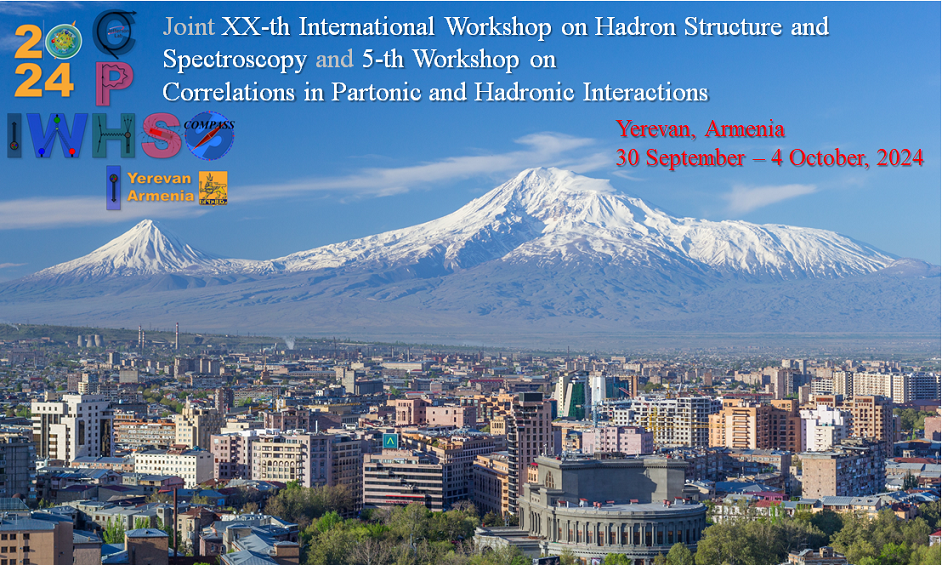Speaker
Description
Deeply Virtual Compton Scattering (DVCS) and Hard Exclusive Meson Production (HEMP) are valuable processes to study Generalized Parton Distributions (GPDs). By correlating the longitudinal momentum of the partons to their transverse spatial distribution inside the nucleon, GPDs reveal the 3-dimensional structure of the nucleon in QCD. Following a test run in 2012, exclusive measurements were performed at COMPASS in 2016 and 2017 at the M2 beamline of the CERN SPS. The 160 GeV muon beam impinged on a 2.5m long liquid hydrogen target that was surrounded by a barrel-shaped time-of-flight system to detect the recoiling target proton. The scattered muons and the particles produced were detected by the COMPASS spectrometer, which was supplemented by an additional electromagnetic calorimeter for the large-angle-photon detection.
The DVCS cross section is extracted from the sum of cross sections measured with opposite beam charge and polarization, with special attention made to separate DVCS from exclusive π0 production. In the COMPASS kinematic domain, the DVCS cross section is closely related to the GPD H and gives a measure of the transverse extension of the partons in the proton, in the sea-quark regime of Bjorken-x. On the other hand, the measurement of the cross section of exclusive π0 production and the Spin Density Matrix Elements (SDMEs) of ρ0 and ω production can provide important inputs for the understanding of chiral-even and chiral-odd GPDs, as well as insights into the reaction mechanisms involved. The current progress on the study of these exclusive channels will be presented.
